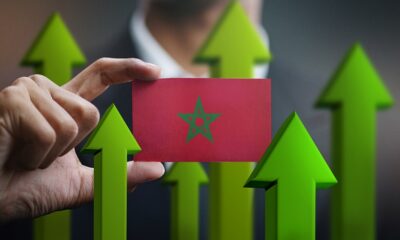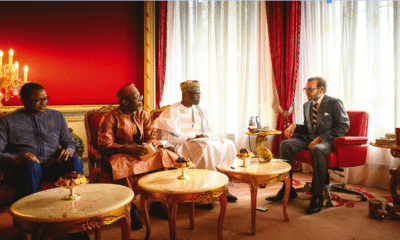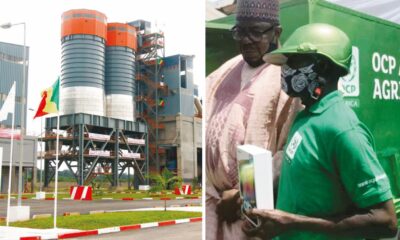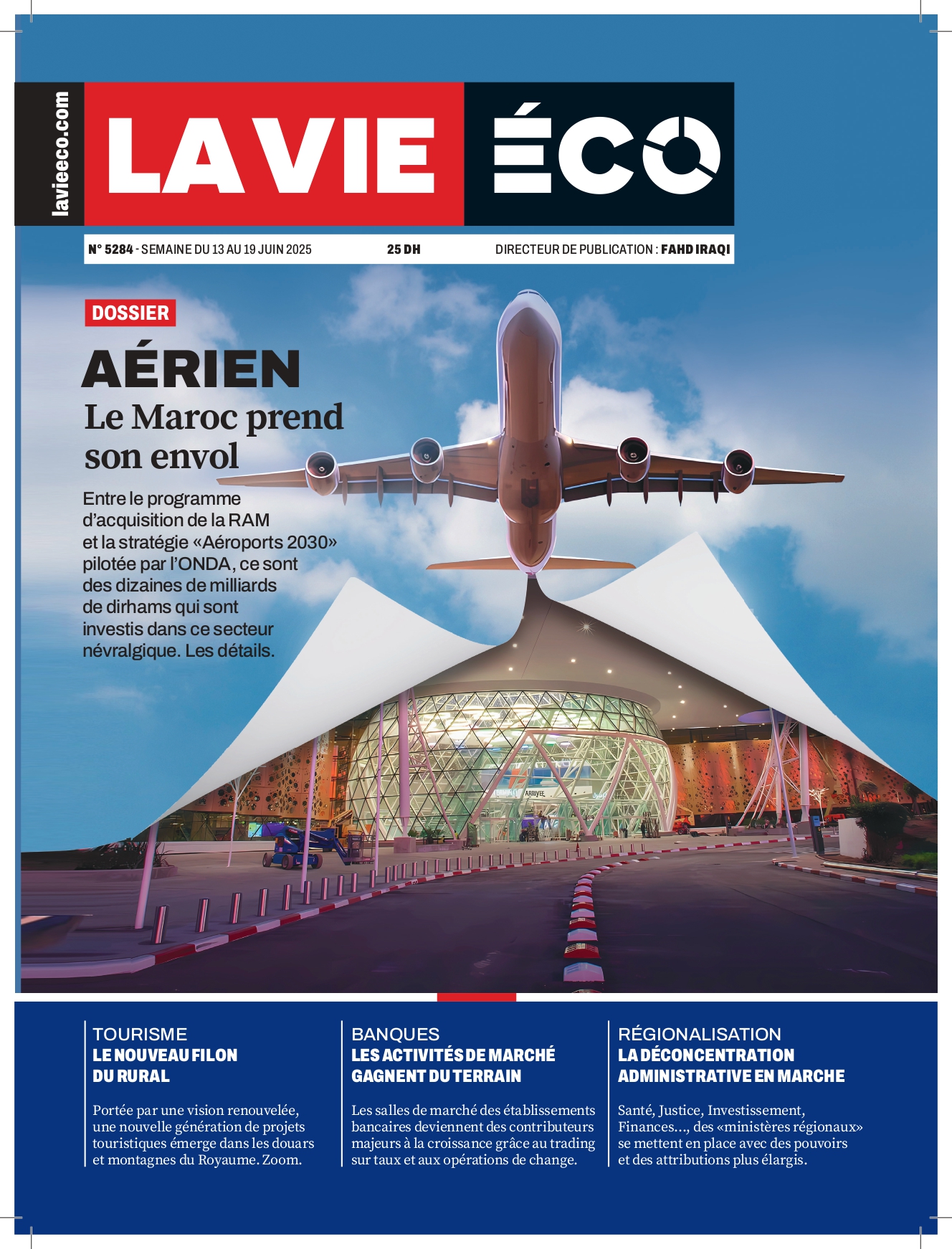Influences
Regional Integration: What Are the Alternatives?
COMESA, IGAD, CEN-SAD…: African regional organizations in which the Kingdom could integrate smoothly. A form of North-South integration, with the 2030 World Cup acting as a catalyst, is also feasible with Spain and Portugal.
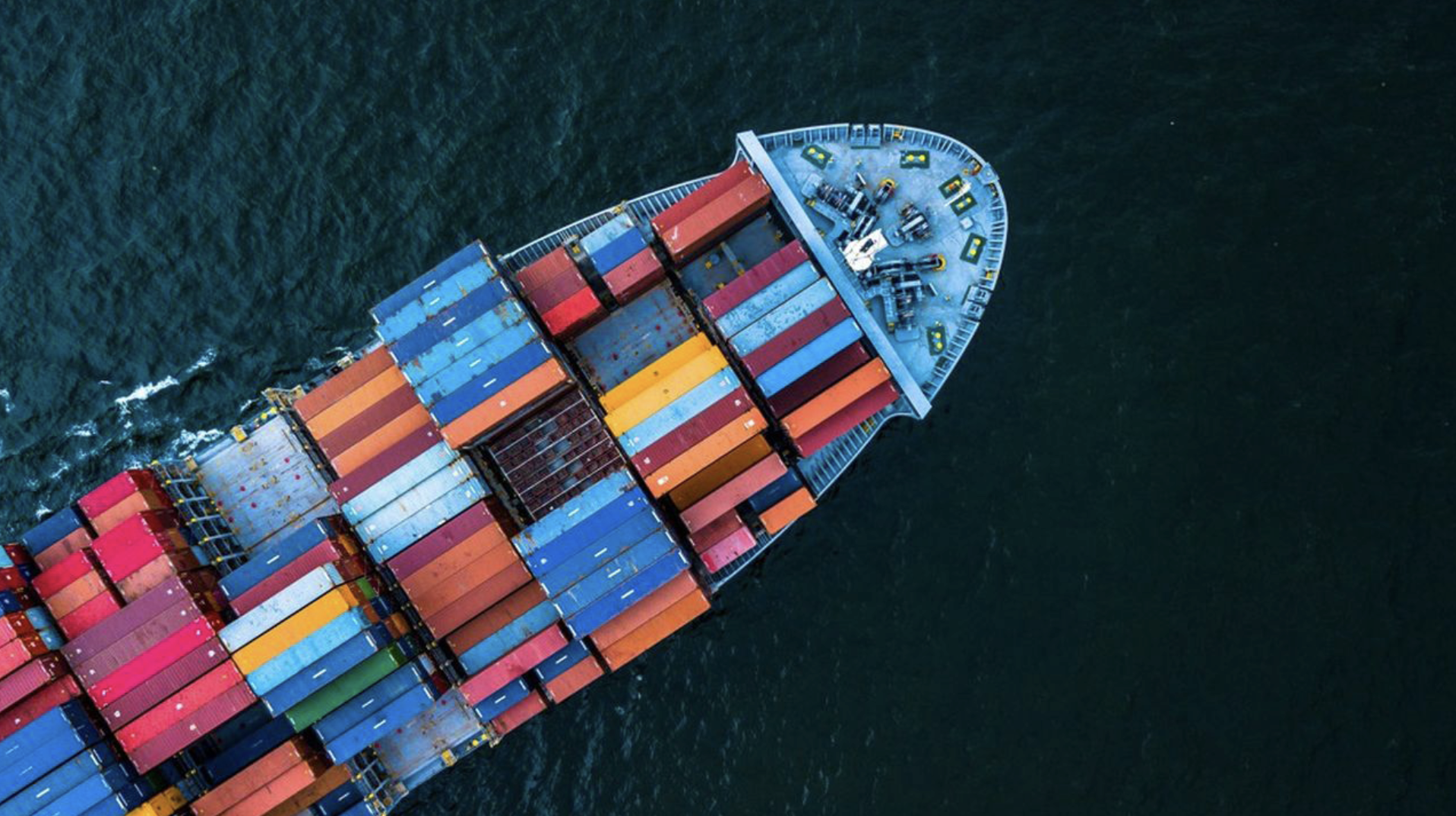
When rejoining the African Union (AU), already endowed with a thousand signed conventions and partnership agreements with most African countries, Morocco still needed an integrated economic space. The AU’s mapping places it in the North Africa zone, one of the eight regions under the existing division.
However, for obvious reasons—including the clinical death of the Arab Maghreb Union (UMA)—the Kingdom found little benefit there. This likely explains its unanswered application to join ECOWAS. The subsequent steps are well-known: the Gas Pipeline, the Atlantic Initiative, and the Sahel-Atlantic Initiative launched by Morocco as alternatives.
But are these the only options Morocco can leverage for economic integration within its geopolitical environment? Rarely discussed is the Community of Sahel-Saharan States (CEN-SAD), an international organization comprising 29 African states established in 1998.
Though Morocco is a member, CEN-SAD’s broad and diverse membership may limit its effectiveness for deep economic integration aligned with Morocco’s specific priorities. “The vast geographic scope and varying levels of economic development within CEN-SAD could hinder targeted integration initiatives that match Morocco’s strategic goals,” observers note.
The Intergovernmental Authority on Development (IGAD), focused on the Horn of Africa and East Africa, appears more advantageous. While geographically distant, it remains relevant to Morocco’s strategy for economic integration and diversifying regional partnerships.
Moreover, during talks on Monday, May 26th, in Rabat with Kenya’s Prime Minister and Foreign Minister, Nasser Bourita lamented that “despite 60 years of diplomatic relations between the two countries, the legal framework for their cooperation remains very limited—barely a dozen agreements.” That same day, the two nations concluded five additional agreements. Bourita emphasized: “In 60 years of diplomatic ties, no joint commission has been held. This will be rectified by year-end.” Meanwhile, Morocco’s relations with Ethiopia are evolving into a strategic partnership.
With Djibouti, Morocco already maintains strong, entrenched ties set to deepen further in coming years. Broader still, the Common Market for Eastern and Southern Africa (COMESA)—Africa’s largest Regional Economic Community (REC), with 19 member states (390 million inhabitants)—holds significant interest. Its combined GDP stood at $1.13 trillion in 2024, and it boasts a free trade area and an ongoing customs union initiative.
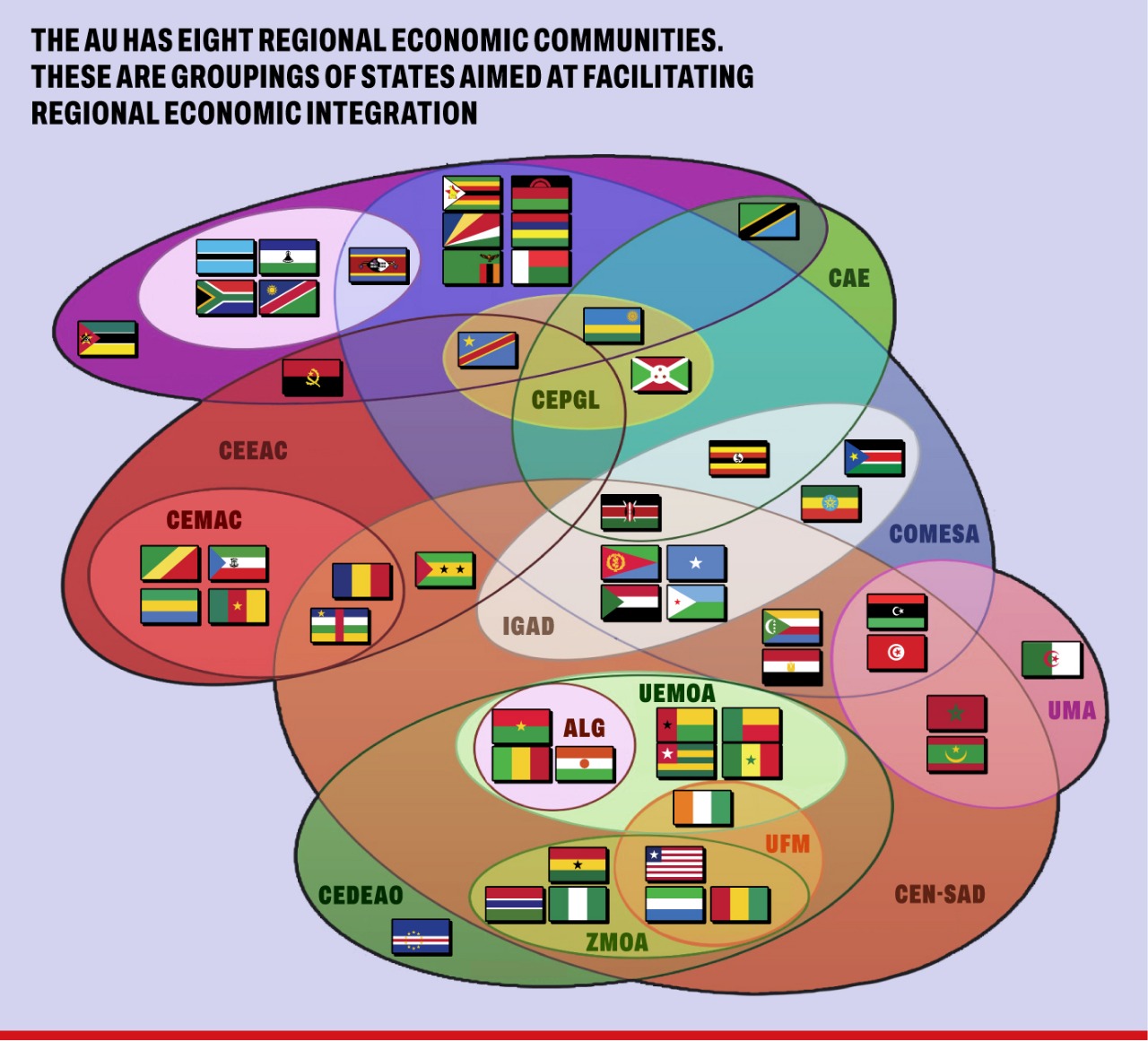
Global Effect 2030
COMESA represents a significant economic bloc with ongoing integration efforts, making it a potentially attractive option for Morocco. This is especially true given Tunisia’s recent accession in 2018, joining neighboring Libya and Egypt—a move analysts suggest signals potential interest in this Regional Economic Community (REC) across the Maghreb region.
Tunisia’s membership further implies that COMESA could be receptive to North African countries, and Morocco might explore this avenue. Access to such a vast market and the potential for trade diversification could prove beneficial despite geographic distance.
Nevertheless, diversifying regional partners beyond the Maghreb and potentially West Africa could enhance Morocco’s economic resilience and open new trade corridors, as seen with the Sahel.
It is well-known that Morocco signed an association agreement with the European Union in 2000, establishing a free trade zone. Additionally, two EU countries, due to their geographic proximity, maintain unique ties with the Kingdom. For instance, during Spain’s recent nationwide power outage, Morocco’s collaboration enabled the restoration of electricity in southern Spain.
A few years earlier, Morocco relied on Spanish infrastructure to secure gas for restarting its Beni Mathar and Tahaddart power plants—a concrete example of such bilateral cooperation.
The joint bid by Morocco, Spain, and Portugal to host the 2030 FIFA World Cup not only marks an unprecedented opportunity for trilateral collaboration but could also spur economic integration by requiring coordinated infrastructure investments and strengthening ties among the three nations.
Projects like the recently revived tunnel under the Strait of Gibraltar could be reconsidered in this context of enhanced cooperation. The interconnection of electrical grids between Morocco, Spain, and soon Portugal will not only bolster regional energy security but also facilitate trade in renewable electricity, positioning the three countries as global energy leaders.



